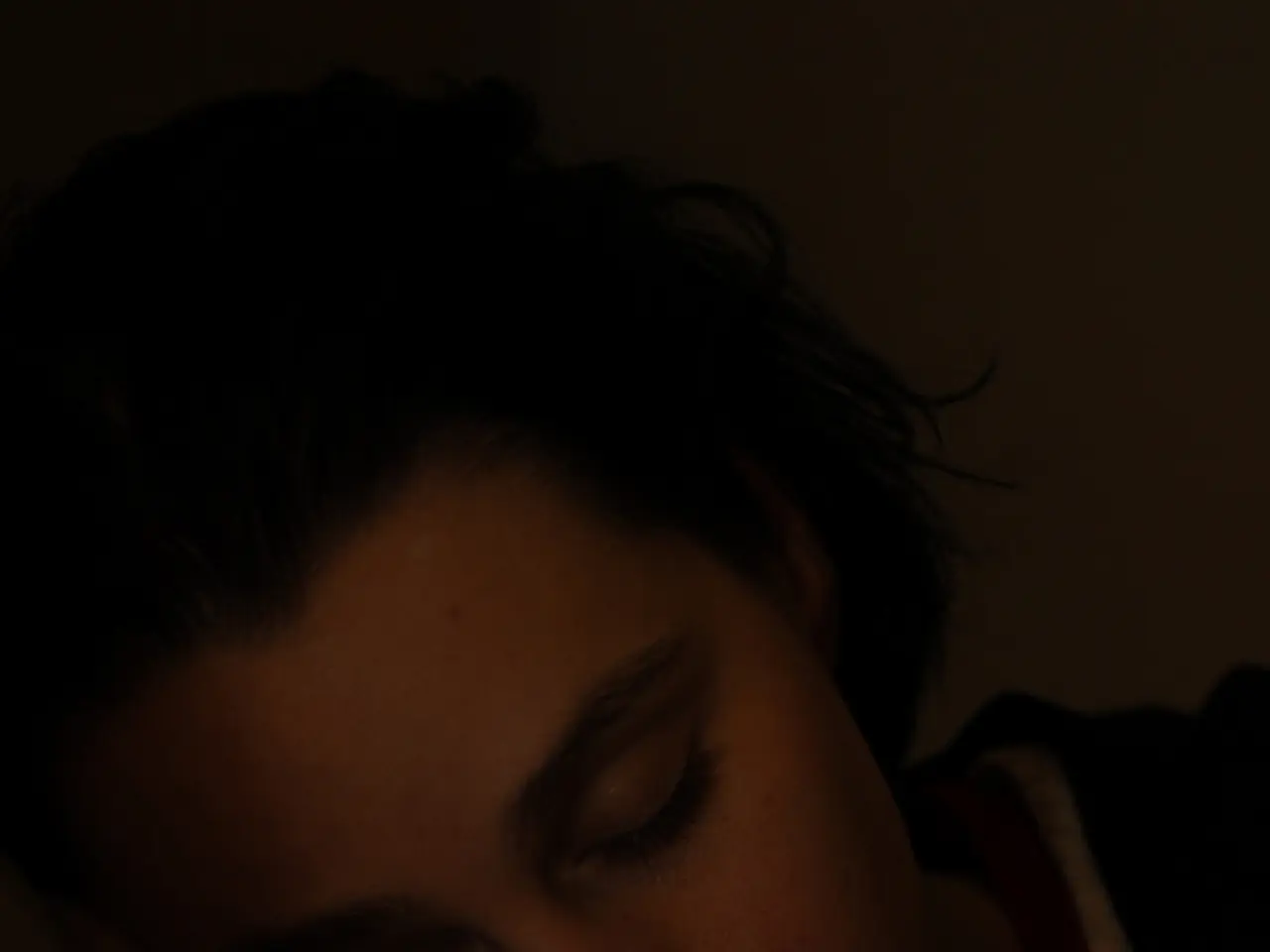Aging, light exposure, and daily routines influence the alterations in sleep patterns as demonstrated by mathematical analysis.
A new study, published in the journal npj Biological Timing and Sleep, sheds light on the complexities of sleep patterns and how they are influenced by various factors. The research, led by Anne Skeldon and her co-authors, presents the two-process model (2PM) of sleep regulation as a key tool for understanding sleep patterns across ages and species.
The 2PM model, a mathematical model that behaves like a system of nonlinear oscillators, combines two essential processes: sleep-wake homeostasis and circadian rhythms.
- Sleep-wake homeostasis is a pressure to sleep that builds up the longer one is awake and decreases during sleep.
- Circadian rhythms, an approximately 24-hour internal body clock, are regulated primarily by light exposure and promote wakefulness during the day and sleepiness at night.
By integrating these processes, including how light affects the circadian clock, the model accounts for various sleep phenomena across development and species.
For instance, the model explains why infants nap inconsistently, exhibiting a pattern known as the "Devil’s staircase," due to fluctuations in sleep pressure and circadian factors influencing brain switching mechanisms for sleep and wakefulness. Similarly, it explains why teenagers tend to have later sleep schedules, as changes in the rate at which sleep pressure accumulates and evening light exposure delaying the circadian rhythm contribute to this trend.
In older adults, the model suggests that earlier waking is less due to circadian clock shifts and more from altered interactions between sleep regulatory systems, influenced by aging, environmental, and biological factors. Across species, the model’s mathematical framework generalizes to non-human sleep patterns, demonstrating that sleep-wake regulation by homeostatic pressure and circadian timing is broadly conserved.
Light exposure plays a crucial role in modulating the circadian alerting system, influencing sleep timing by encouraging wakefulness during daylight and enabling nighttime sleep. This environmental input interacts with the internal physiological processes to shape sleep patterns dynamically based on age and species-specific biology.
The simulations based on the 2PM model suggest that living most of the day and keeping the lights on in the evening can disrupt the oscillator system, leading to disrupted sleep. These simulations predict a range of behaviors, such as shifting sleep after late-night light exposure or finding it hard to sleep regularly.
The study's findings provide more tailored advice and develop novel interventions to improve sleep patterns for those whose rest is affected by modern routines, ageing, or health conditions. Furthermore, the extended 2PM model offers new interpretations of sleep phenotypes and quantitative predictions of the effects of sleep and light interventions to support sleep and circadian alignment in individuals.
In conclusion, the two-process model combined with light effects provides a unified framework explaining why sleep patterns change developmentally and differ across species, emphasizing the interaction between homeostatic sleep pressure accumulation and circadian rhythms influenced by environmental light. The study shows how math can bring clarity to the complex and personal subject of sleep.
- The two-process model, a mathematical model that behaves like a system of nonlinear oscillators, has been presented as a key tool in the journal npj Biological Timing and Sleep, aiding in the understanding of sleep patterns across ages and species, particularly in addressing complexities related to neuroscience.
- The new study highlights the role of light exposure in modulating the circadian alerting system, which, in turn, influences sleep timing by encouraging wakefulness during daylight and enabling nighttime sleep, setting the stage for sleep-related health-and-wellness discussions.
- Neuroscience news surrounding the study suggests that the novel interventions developed from the extended 2PM model, which accounts for various sleep phenomena across development and species, offer promising solutions for improving sleep patterns for those affected by modern routines, aging, or health conditions, underscoring the significance of the science of sleep in our lives.





